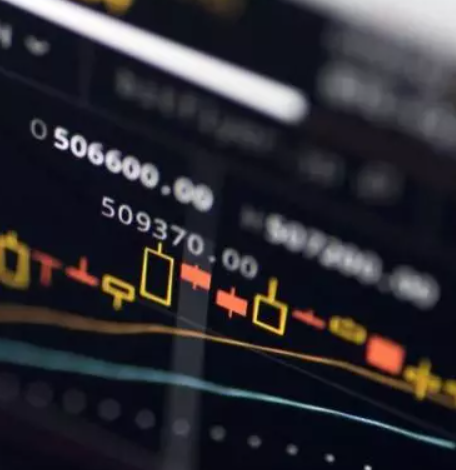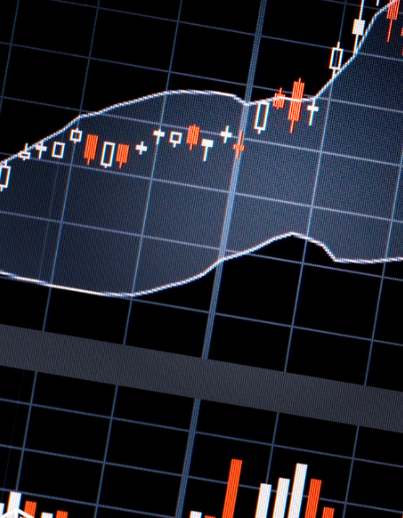Day Trading for Beginners: Essential Tips and Strategies

Day trading offers an exciting opportunity to profit from short-term market fluctuations, but it’s not without risks. Traders in various markets, including stocks, forex, commodities, and cryptocurrencies, can make money by taking advantage of intraday price changes. While it’s possible to make a living or generate extra income from day trading, it’s important to approach it with the right strategies and mindset.
Understanding Day Trading
At its core, day trading involves buying and selling financial assets within the same day, typically aiming to make small profits from frequent trades. Unlike long-term investing, day traders close out all positions before the market closes, ensuring they don’t hold any assets overnight.
There are countless strategies available for day trading, but for beginners, they can generally be grouped into two categories: fundamental analysis and technical analysis.
The Basics of Market Movements: Bulls and Bears
In financial markets, you’ll often hear terms like “bullish” and “bearish.” These terms describe the direction of price movements. A bull market means prices are rising, while a bear market refers to falling prices. These terms come from the way the animals attack—bulls thrust their horns upward, and bears swipe downward.
Fundamental Analysis in Day Trading
Fundamental analysis is typically used by long-term investors, but it can also benefit day traders, especially beginners. This approach focuses on using news, macroeconomic data, and company performance reports to inform trading decisions.
For example, a trader might look at earnings reports or major economic events, such as interest rate changes, to predict how a stock or market might move. Although day traders focus on short-term movements, understanding the broader economic picture can help make more informed decisions.
Your Edge Over Hedge Funds
One major advantage day traders have over institutional investors is their ability to make swift trades with relatively small amounts of capital. For instance, if a company announces impressive earnings after hours, a small trader can buy stocks immediately, while a hedge fund might struggle with large orders, potentially causing a price spike that makes the trade less profitable.
This flexibility and speed can help individual traders capitalize on opportunities more quickly than larger, institutional players.
Technical Analysis: A Key Tool for Day Traders
While fundamental analysis looks at company performance and news, technical analysis focuses on price action and past market behavior to predict future movements. Day traders use patterns, charts, and indicators to make quick decisions.
Some of the most common tools include support and resistance levels, which show where prices tend to bounce or reverse. Trend lines and price patterns also help identify the direction of the market and entry points. Additionally, technical indicators like moving averages and the relative strength index (RSI) offer valuable buy and sell signals.
By combining technical analysis with a structured trading plan, day traders can make more disciplined decisions and reduce the emotional stress often associated with trading.
Focus on a Few Assets You Know Well
Instead of trying to trade dozens of different assets, it’s often more effective for beginners to focus on a select few. This allows you to track their movements closely and understand their behavior over time. For instance, some stocks might show consistent patterns around earnings announcements or economic reports.
By specializing in a small group of assets, you’ll develop a deeper understanding of their price movements and be better positioned to make profitable trades.
Types of Orders in Day Trading
Understanding how to place different types of orders is crucial in day trading. The most straightforward is a market order, which executes a trade at the current market price.
A limit order, on the other hand, sets a specific price at which you want to buy or sell. For example, you might place a limit order to buy a stock at a certain price, and the order will only be executed if the price reaches that level.
Day traders also use stop-loss orders to limit potential losses. A stop-loss order automatically sells your position if the price drops to a certain level. Many traders also use trailing stop losses, which move with the price to lock in profits as the market moves in their favor.
Using Margin Wisely
Margin trading can amplify both profits and losses, making it a powerful but risky tool. By using margin, you can borrow funds from a broker to increase your position size, potentially doubling your profits. However, if the trade goes against you, the broker can call the margin and force you to sell your position, possibly at a loss.
It’s important to use margin carefully and to understand the risks involved. While it can boost your profits, margin trading can also lead to significant losses if not managed properly.
Starting Your Day Trading Journey
Day trading offers the potential for profits, but it requires knowledge, discipline, and constant learning. Success won’t come overnight, and it’s important to stay patient, continue refining your strategies, and never risk more than you can afford to lose. While day trading can be an exciting way to earn money, it’s not for everyone. It’s essential to approach it with caution and make sure you fully understand the risks before diving in.




